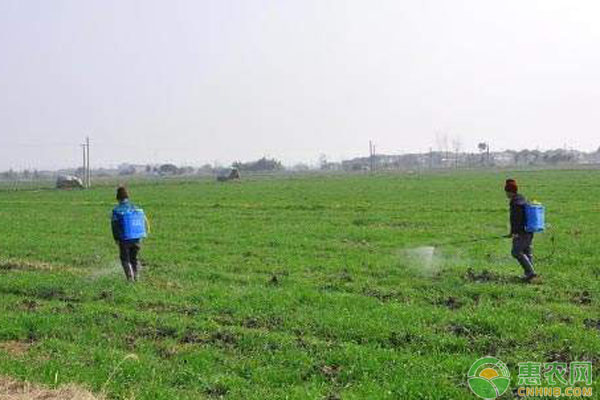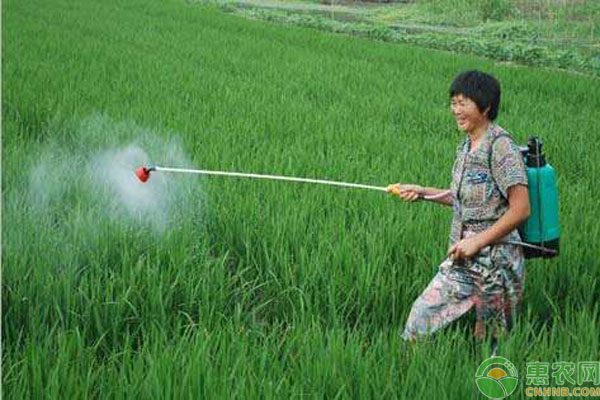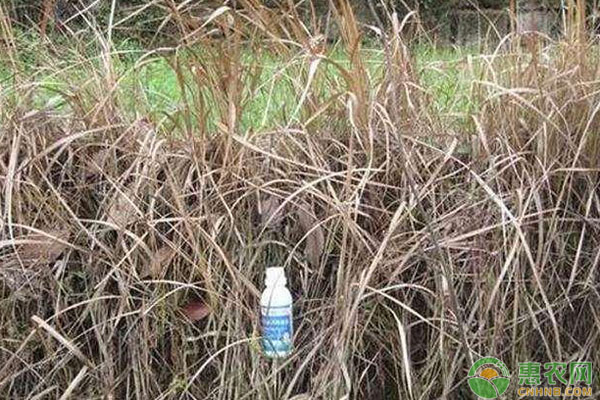Many farmers are familiar with glyphosate and glufosinate. It is called paraquat and is called the three major herbicides. However, it has been banned from sales on July 1, 2016, so it is in the herbicide. In terms, glyphosate and glufosinate have become the choices that everyone can choose. So what are the advantages and disadvantages of the two? How to choose? Let's take a look at the following. Since there are only two of them, there will be more discussion about their comparison. For example, the herbicidal effect is better? Who is weeding faster? Who has no residue in weeding. Here is the analysis and analysis for everyone. First, the method of weeding first, the difference between the two is very large: 1, glyphosate Glyphosate is a systemic herbicide. What is a systemic suction? Give a simple example to everyone. When the liquid is sprayed onto weeds, the liquid will pass through the leaves of the plant to the stem. The roots, the end result, the weeds will die, which is what we hope to see. 2, glufosinate Glufosinate is a contact herbicide. It is also an example. When glufosinate is sprayed onto weeds, the leaves will die when sprayed onto the leaves. The stem will squirt and the stem will die. Not enough, so it won't die, that is to say, where it will be sprayed, where it will die, and where it will not be sprayed, it will not die. If this is the case, some people will say, I must choose glyphosate, because it can kill the roots, and glufosinate is not dead root, but it is still more troublesome in the later stage. However, the little helper asks everyone a question, paraquat is also a contact-type weeding. Agent, why are so many people using it? So, everyone has to continue to look down: Second, the weeding speed of the two The above is from the weeding method analysis, then from the weeding speed: 1, glyphosate The speed of dead grass in glyphosate is about 7 days under normal conditions. After spraying, the system requires a process of inhalation. The weeds begin to manifest as symptoms of bun. After a few days, unplug the view and the roots will be found. Already dead, time is slow, the effect is still ok. 2, glufosinate The speed of dead grass of glufosinate is faster than that of glyphosate. Under normal circumstances, the part that touches the liquid in about 3 days will die, but it is not dead root, like paraquat. Regarding the weeding speed of the two, some people like to hurry faster, so the first choice is glufosinate, some people like dead roots, the first choice is glyphosate, and everyone's choice will be divided. After finishing the weeding speed, let's talk about the problem of weeding. Third, glyphosate and glufosinate herbicide range According to the normal situation, the weeds that can be seen in the current agricultural planting process can basically be prevented. However, as the years of use increase, some weeds appear to be resistant, leading to some differences. 1, glyphosate Broadleaf, sedge, sedge, annual or perennial, etc., can be controlled theoretically. However, in recent years, glyphosate has been effective against resistant weeds such as small fly buds, goosegrass, and reeds. On the one hand, it is the cause of resistance, and on the other hand, changes in the weed itself are also possible. 2, glufosinate The situation faced by glufosinate is almost the same as that of glufosinate. However, if some resistant weeds (small fly stalk, goosegrass, reed, etc.) are resistant to glyphosate, try glufosinate. The effect will be different. Similarly, if it is resistant to glufosinate, try changing glyphosate. After finishing the weeding range, let’s talk about safety issues, that is, the impact on the crops. Fourth, the safety of glyphosate and glufosinate 1, glyphosate Glyphosate will be passivated when it meets the soil, so it will not cause harm to the crops after the season. This is the crop of this season. After spraying glyphosate, after 7-10 days of pharmacodynamic effect, the replanting is There will be no problems. Although some friends have reacted, some orchards will have an effect after spraying glyphosate for many years. This is not certain. I don't know what everyone thinks? 2, glufosinate If glufosinate is used, it will have no effect on the post-emergence crop. It is similar to glyphosate. After this season's crop, after the pharmacodynamic effect, the crop can be planted after 3 days and degraded quickly in the soil. Having said that, I will remind you of the 3 points of attention (both count): 1. In windy weather, do not apply medicine, especially if there are crops next to it, to avoid drifting of the liquid. 2. Both can't be sprayed on crops, weeds can die, and crops will die. 3, do not increase the amount of drug use, follow the instructions to use, do not spray and do not leak. Regarding the explanations of glyphosate and glufosinate, Xiaobian introduced so much. After reading it, do you have a clear understanding of glyphosate and glufosinate? In fact, as can be seen from the above introduction, both There are advantages and disadvantages in weeding, the effect is not bad, see how you choose. Insulin Syringes Needle,Disable Syringe,Monoject Syringe,10 Ml Syringe FOSHAN PHARMA CO., LTD. , https://www.fs-pharma.com

